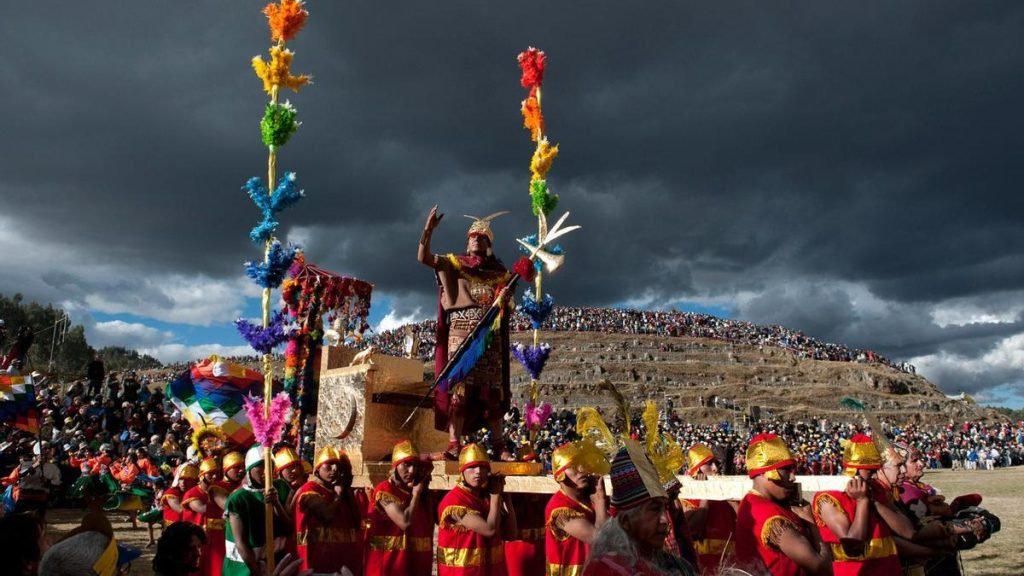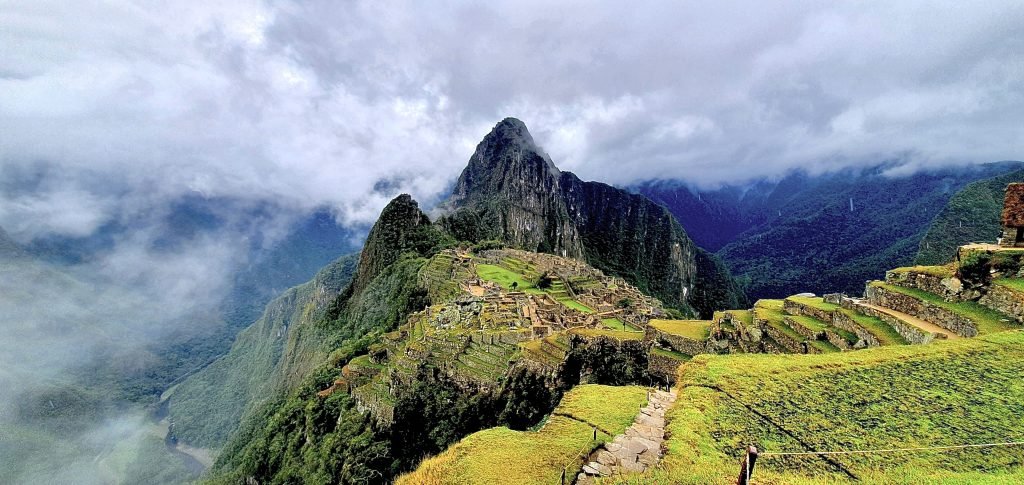Machu Picchu is part of the Inca culture, not the Mayan culture. The Inca culture was an indigenous civilization that flourished in the Andes region, specifically in the territory that is now Peru, between the fifteenth and sixteenth centuries. Machu Picchu was built by the Incas in the 15th century as a sacred city and ceremonial center.
The Mayan culture was a pre-Columbian civilization that developed in Mesoamerica, covering parts of what are now Mexico, Guatemala, Belize, Honduras and El Salvador. The Maya built great cities such as Tikal and Chichén Itzá, known for their pyramids and impressive temples.
Although the Inca and Maya civilizations flourished in different regions of Latin America and developed distinct cultures, both left an impressive legacy in terms of architecture, scientific knowledge, art and religious traditions. Both civilizations are recognized for their important achievements and are a source of great interest and admiration to this day.
In the case of Machu Picchu, it is one of the most impressive examples of Inca architecture and engineering. The city was built with carefully placed stones, agricultural terraces, temples and other buildings that demonstrate the skill and precision of the Incas. Its strategic location in the Andes Mountains, surrounded by spectacular scenery, makes MachuPicchu one of the most popular and emblematic tourist destinations in the world.
In short, Machu Picchu is a remarkable testimony to the greatness and ingenuity of the Inca culture, and bears no relation to the Mayan culture.
Territories conquered by the Incas

The Inca civilization, also known as the Inca Empire, was one of the most notable and powerful in pre-Columbian history. The Inca Empire covered a vast territorial extension along the Andes, extending over different regions that today correspond to several South American countries.
The territories covered by the Inca Empire included mainly:
Peru:
- The heart of the Inca Empire was located in what is now Peruvian territory. Cuzco, the ancient Inca capital, was the political, religious and administrative center of the empire. The Cuzco region and its surroundings were considered sacred and were the cradle of Inca culture.
Ecuador:
- The empire extended into northern Peru, encompassing parts of what is now Ecuador. Important cities such as Quito and Ingapirca were influenced by Inca culture and came under Inca rule.
Bolivia:
- The area corresponding to Bolivia was also part of the Inca Empire. Cities such as Tiwanaku and La Paz were incorporated into the empire and had an important Inca influence.
Chile:
- The Inca Empire extended through central and northern Chile. The city of Santiago, for example, was founded by the Incas and served as an important administrative center.
Argentina:
- Parts of northwestern Argentina were also controlled by the Incas. The regions of Salta and Jujuy, for example, have Inca architectural and cultural influences.
Colombia:
- although Inca influence in Colombia was not as extensive as in other regions. There is evidence that some territories in the south of the country were dominated by the Incas.
The Inca Empire expanded through military conquests and diplomatic alliances, establishing a vast and well-organized system of government. Its dominion extended over thousands of kilometers, encompassing a diversity of landscapes, from the Pacific coast to the high Andes mountains and tropical jungles.
The territorial extension of the Inca Empire demonstrates the impressive capacity for organization, administration and ingenuity of the Incas. Their culture and influence left an enduring mark on history. In addition, they have influenced the identity of the nations that currently occupy these regions.





